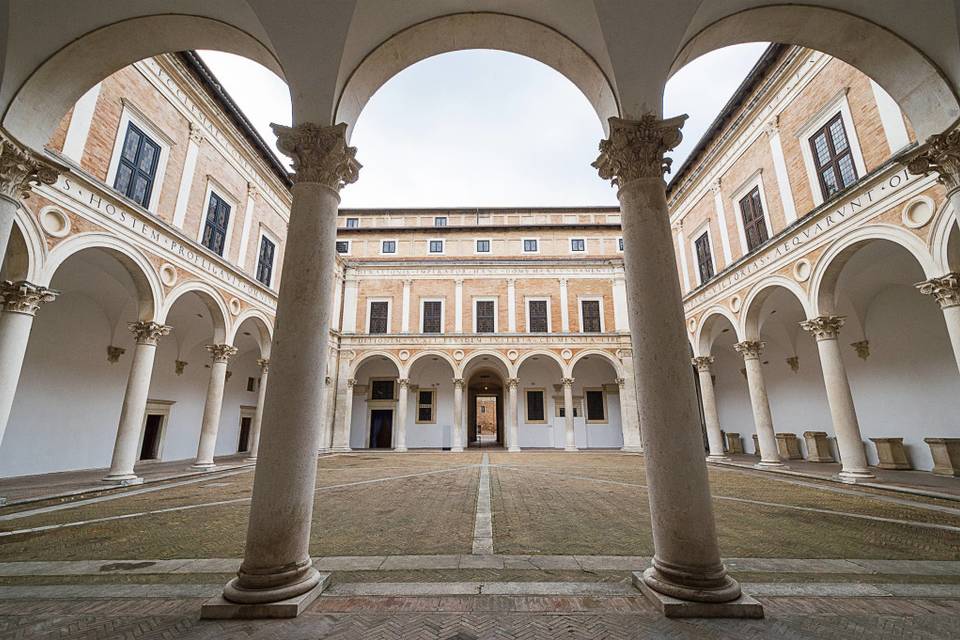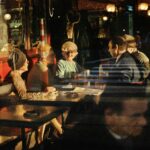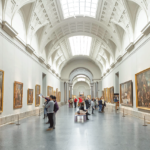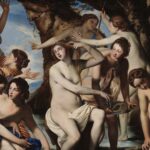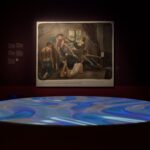The Muta, whose official title is Portrait of a Gentlewoman (La Muta) is an artwork by Raphael Sanzio made between 1505 and 1509, at the end of the artist’s Florentine period.
Going back to its history, the artwork is already reported in the inventory – carried out between 1702 and 1710 – of the property of Ferdinando de’ Medici, grand prince of Tuscany.
Later moved to the Uffizi, only from 1927 it become part of the permanent collection of the Galleria Nazionale delle Marche in Urbino.
The Muta, in July, was exhibited at the National Gallery in London on the occasion of the exhibition“Raphael” .

Who was the Muta?
The painting has long been the subject of study, starting with the subject depicted in which the figure of Giovanna da Feltre, daughter of Federico da Montefeltro and mother of Francesco Maria I della Rovere, later duke of Urbino from 1508 to 1538, has been recognized.
However, several doubts, from an historical point of view, conflict with this hypothesis.
First of all, at the time of the painting, Giovanna would have already been forty years old and six pregnancies behind her, while the woman portrayed by Raphael looks decidedly younger and less scarred by events.
Moreover, a woan with such political and decision-making power- Giovanna ruled the Duchy of Urbino for no less than six years after her husband’s death- would have been easily recognized even later, which unfortunately was not the case.

The artwork
The Muta is represented in three-quarter view on a dark background, turned to the left.
Her gaze, serious and absorbed, has long been judged as indecipherable and opaque , and her closed lips-sealed-have earned her the title of The Mute .
The intensity of the face then, together with the austerity of the figure and the detail of the index finger of the left hand indicating something unknown to the viewer, contributed to the artwork’s undeniable appeal.
The Muta wears the gamurra, a typical 16th-century robe made of a fine fabric symbolic of high social rank, as also indicated by the jewelry she wears on her neck and hands.
It is therefore assumed that Raphael received the commission for the artwork from a member of the bourgeoisie, but it is not known whether in Florence or directly in Urbino, perhaps from the della Rovere family itself.
Interesting is the presence of the color green, which alludes-according to tradition-to mourning and widowhood. For this reason many people believe, with reasonable certainty, that the woman is indeed a widow.
Leonardo source of inspiration
Raphael was undoubtedly inspired by Leonardo di Vinci‘s Ginevra de’ Benci and Mona Lisa in the making of the Muta and particularly in his studies of the three-quarter position.
The artist’s effort was confirmed by examinations of the canvas, which uncovered several preparatory sketches, in turn evidence of how Raphael returned to the drawing, changing the woman’s height, the opening of her shoulders and even the position of her hands.

However, Raphael had already tried at making figures in the same pose.
Mention should be made of La Gravida at Palazzo Pitti where he presumably portrayed Emilia Pia da Montefeltro and Maddalena Strozzi Doni, in which the protagonist is instead Lorenzo de Medici’s daughter.
The Muta, beyond its ‘immeasurable artistic value, over time has become a symbol for the entire city of Urbino.




